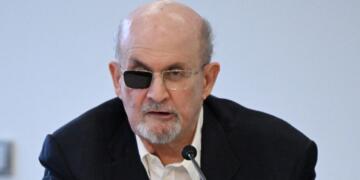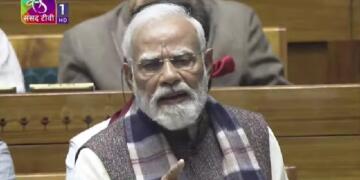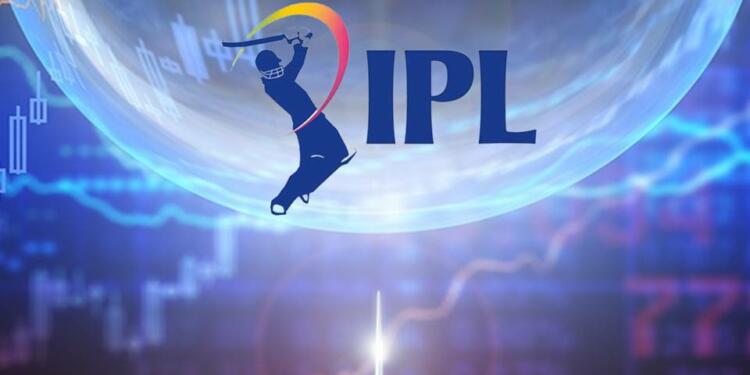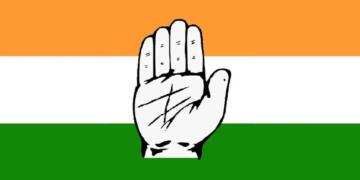After 2008 Financial crisis, asset bubble became one of the most derided names in the financial market. People started to look for parameters to identify it. Some investors tasted success, while some failed miserably. Investors of media rights of IPL seem to be falling under the latter category.
Humongous amount for IPL media rights
The results of mega auction for media rights of IPL 2022 are out now. IPL has now taken over EPL in brand perception. For the next five years, IPL management will be getting Rs 104 crore per match for allowing platforms to broadcast IPL Matches.
On TV channels in India, next 5 seasons of the IPL will be live on channels like Star Sports 1, 2, 3 among others. They are owned by Disney Star. The Company paid a total Rs 23,575 crores to BCCI for this purpose.
Additionally, all other broadcasting rights of the IPL have gone to Viacom18. For live streaming IPL in Indian subcontinent, Viacom18 paid a royalty of Rs 20,500 crore to the BCCI.
It paid another Rs 3,258 crore for live streaming 18 other special category of matches. Moreover, to make these matches accessible to countries outside the Indian subcontinent, Times Internet and Viacom18 paid additional Rs 1,058 crores to the BCCI.
Read more: Reliance can win the exclusive right to broadcast IPL matches
All in all, BCCI added Rs 48,390.50 crore in its brochure. It has already allocated this hefty amount for specific purposes. One of them is increasing the pension of retired cricketers by a remarkable margin.
But there is still a bigger question which needs to be answered. Will these companies be able to get returns on their investments? The short answer seems difficult to proceed towards, so we will do some number crunching for this very purpose.
Ad revenues from Television
IPL media rights owners have multitudes of avenues to make money from. The biggest of them is ad revenue. It encompasses every ad being broadcasted on your Television to the OTT platform live streaming the franchise-based tournament. Other than ad revenues, media rights owners also increase their revenues through various sponsorship packages during co-packaging and associate sponsoring.
According to a report by Financial Express, in this year’s IPL, advertisers were charged anywhere between Rs 14.85 lakh to Rs 15.20 lakh for a 10 second slot. At this rate, it is impossible to turn the broadcasting into profitable venture.
So, obviously, advertisers pin their hopes on increase the rate of advertising. Even there it is a difficult territory. Media rights owners will be able to make profits only when they charge advertisers anywhere between 180-190 per cent of current rate. Unfortunately, this has not been a historic truth. On an annual basis, IPL’s ad rates have seen only 10-15 per cent rate hike.
Read more: BCCI should focus more on new talent for IPL
Tough to increase revenue from Television
The aforementioned ad calculation largely holds true for TV watching. It is because the growth in TV space is slow. You see, currently only 10 percent of revenues to media rights owner of IPL comes from Digital platform. So, basically, Digital platforms remained a largely unchartered territory.
Though Disney Star did win bid for both TV and digital in 2018 round of bidding, and it did make them the biggest streaming service platform in India with 45 million subscribers, but still the rate charged by the ads did not increase by much margin. It shows how much dominance Television rights have on ad revenues from media rights. Moreover, the fact of the matter is that it is expected to increase substantially in upcoming years.
According to an analysis by BARC, Television presence is growing at an astounding rate. It does open another source of revenue for broadcasters as now they can ask consumers to pay for the channel.
But, the problem with that is TRAI’s New Tariff Order (NTO). According to this order, a customer cannot be forced to pay more than Rs 12 for watching any channel. The revenues from distribution contribute 25 per cent to the final revenues.
So, even there, the possibility of earning revenue is subject to a lower threshold of upper limit. It will be interesting to see what kind of innovation Disney Star comes up with for turning its big bet profitable.
Monetisation in digital rights
On the other hand, Digital space is also set to increase many fold in upcoming years. According to a report by Mint, currently, there are 80 million Indians chalking out money to watch videos on digital platforms. Add to those 503 million Smartphone subscribers in India.
By 2025, it is estimated that number of connected Television sets in India will quadruple to 40 million. A Connected TV (CTV) is a device that connects to a television to support video content streaming.
The increased fold of Digital India combined by private-sector led boom in mobile internet is expected to lead India towards 30 per cent annual increase in digital media spends over the next 5 years. The natural expectation is that advertisers will run towards these streaming services.
Digital space is not a cakewalk
In fact, the advertisers do, but there is difference between paying for running ads between movies on OTT and running it during breaks in IPL matches. That difference is big bounty.
The ad charges for IPL are so high that most Indian advertisers cannot afford it. You see, India is a booming start-up ecosystem. Except for some Unicorns, most companies are not in a stable financial state to manage big budget advertising.
According to an estimate, a company has to give at least Rs 30 crore to media rights owners to advertise itself during entire IPL for 60 matches. In case of 94 matches (IPL is planning to host 94 matches per season), the company has to chalk out Rs 17 crores more.
The problem will get complicated when the number of day matches will increase in a drastic fashion, leading to decline in viewership. Moreover, the official advisory to refrain from promoting ads by betting companies has further exacerbated the issue.
IPL needs to solve perception issues
Apart from these technical reasons, the decline in viewership of multi-billion Dollar tournament is also a big concern. People seem to have got bored by continuous flow of boundaries.
Due to IPL, hitting six has become a just another stroke. It is not a courageous move anymore. Batsmen do not need to put in much mental effort to hit a shot for six. It has led to decline in the perception of heroism around it. And people pay for watching their heroes, not what they see on a daily basis. 30 per cent decline in this year’s viewership of IPL is prime example of that.
Read more: Performance as a captain in IPL should not decide a captain in the national squad
In spite of all these hurdles, previous media rights owners did report that they earned profit, but even that is under scrutiny by experts. Experts say that the profit must have been guzzled up by other spending required in the production process. This time, the stakes are much higher. The spending is twice more than the previous one. An appropriate return looks like an improbable outcome. Let’s just hope that the tournament does not turn into an asset bubble.
Support TFI:
Support us to strengthen the ‘Right’ ideology of cultural nationalism by purchasing the best quality garments from TFI-STORE.COM






























